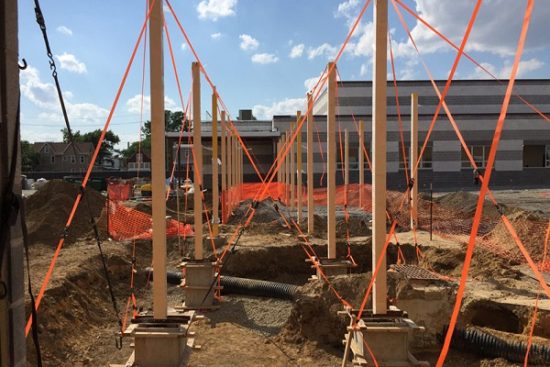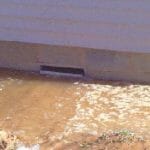- Course No E – 1218
- PDH Units 3.00
No data found for Custom Course Number
No data found for Custom Course Units
- Course No E – 1218
- PDH Units 3.00
Intended Audience: civil engineers, structural engineers, geotechnical engineers, geologists and other design and construction professionals
PDH UNITS: 3
What should you do when the required footings of a structure cover more than half the area beneath it? How can you design a raft or mat foundation to enlarge and combine the footings in order to cover the entire area? This course developed by expert J. Paul Guyer, P.E. provides an introduction to the design of spread footings and mat foundations for buildings, towers, and other structures. Raft or mat foundations may be cheaper than individual footings because of reduced forming costs and simpler excavation procedures. A mat foundation also may be used to resist hydrostatic pressures or bridge over small, soft spots in the soil if the mat is adequately reinforced. In particular, this online engineering course will give engineers and other design and construction professionals an introduction to tools that can be used to design spread footings and mat foundations on cohesive and cohesionless soils.
Course Outline:
1. GENERAL 2. ADEQUATE FOUNDATION DEPTH 3. FOOTING DESIGN 4. MAT FOUNDATIONS 5. SPECIAL REQUIREMENTS FOR MAT FOUNDATIONS 6. MODULUS OF SUBGRADE REACTION FOR FOOTINGS AND MATS 7. FOUNDATIONS FOR TOWERSLearning Objectives
At the successful conclusion of this course, you’ll be able to identify and discuss:- The guidelines for depth of foundations
- How to design footings in cohesive soils
- How to design footings in cohesionless soils such as sand
- How to estimate foundation pressures distribution
- How to design for the stability of mat foundations
- Conventional and approximate plate methods of analysis of mat foundations
- How to design mat foundations on compressible soils
Once completed, your order and certificate of completion will be available in your profile when you’re logged in to the site.










